A Comprehensive Overview of Video Face Restoration and the Stable Video Face Restoration Framework presented by Tencent
Face Restoration (FR) is a vital area in image and video processing, focusing on improving degraded portraits to high-quality standards. While significant progress has been made in restoring images, the realm of video face restoration (FR) is still underdeveloped. Challenges such as maintaining temporal consistency, handling motion artifacts, and the lack of high-quality video datasets have limited advancements in this field. Additionally, traditional face restoration methods primarily target resolution enhancement without addressing other important aspects, like facial colorization and inpainting.
In this work, we introduce a novel approach called Stable Video Face Restoration (SVFR), a unified framework designed for Generalized Video Face Restoration (GVFR). This method incorporates three interrelated tasks: blind face restoration (BFR), inpainting, and colorization. By addressing these tasks simultaneously, we demonstrate how they complement each other, leading to better results.
Understanding the Challenges in Video Face Restoration
1. Video Complexity vs. Images
Video restoration presents unique difficulties compared to static image restoration. While image FR methods aim to enhance individual frames, video FR must also account for the temporal dimension, ensuring consistency across frames. This involves tackling issues like:
- Motion artifacts and occlusions.
- Variations in lighting and environmental conditions.
- Temporal jitter and discontinuity, which reduce video coherence.
2. Data Limitations
High-quality video datasets are difficult to obtain, making training for video FR more challenging than image-based tasks. Additionally, existing architectures often lack the capacity to address the multifaceted demands of video FR, resulting in low fidelity and unstable outputs.
3. Neglected Complementary Tasks
Tasks like colorization and inpainting, which naturally intersect with BFR, are often treated separately. However, these tasks can enhance restoration by providing valuable information. For instance:
- Colorization restores natural hues, crucial for enhancing low-quality videos.
- Inpainting helps fill in missing or corrupted regions, improving facial details in degraded frames.
The Stable Video Face Restoration Framework (SVFR)
The SVFR framework unifies BFR, inpainting, and colorization tasks into a single model that leverages shared representations to improve overall restoration. Here’s how it works:
1. Leveraging Stable Video Diffusion (SVD)
SVFR uses pretrained Stable Video Diffusion (SVD) models, which incorporate motion and spatial-level priors to provide a robust foundation for video restoration. The model processes input videos with task-specific conditions and reference identity images to guide restoration.
2. Unified Face Restoration Framework
To embed task-specific information effectively, SVFR introduces:
- Task Embedding: Identifies the target restoration task.
- Unified Latent Regularization (ULR): Ensures shared feature representation across tasks, helping the model learn generalized patterns for different forms of degradation.
3. Incorporating Facial Priors
The framework uses facial prior learning, where structure priors like face landmarks guide the model to maintain facial integrity. This improves the quality and coherence of restored videos.
4. Self-Referred Refinement
During inference, the model refines outputs by referencing previously generated frames. This strategy enhances temporal stability and ensures stylistic and structural consistency across frames, especially for long video sequences.
Validation and Results
To test SVFR, experiments were conducted on the VFHQ-test dataset, focusing on BFR, inpainting, and colorization subtasks. The results demonstrate that:
- The framework effectively combines the strengths of the three tasks, enhancing temporal coherence and restoration quality.
- SVFR significantly outperforms previous methods like BasicVSR++ and KEEP, which struggle with temporal stability and generation quality.
Applications of SVFR
SVFR has potential applications in various fields, including:
- Video conferencing: Enhancing video quality for real-time communication.
- Film restoration: Revitalizing old or damaged footage.
- Surveillance: Improving clarity and detail in security footage.
Key Contributions
- Unified Framework: A novel framework that integrates BFR, inpainting, and colorization for improved video restoration.
- Innovative Techniques: Introduction of Unified Latent Regularization and facial prior learning to enhance restoration quality and fidelity.
- Temporal Stability: Development of self-referred refinement for improved temporal coherence across video frames.
Conclusion
SVFR establishes a new paradigm for video face restoration by unifying related tasks and leveraging complementary strengths. With its innovative design and robust results, this framework sets a new benchmark for video restoration techniques. The advancements made by SVFR pave the way for future applications in fields requiring high-quality video restoration.
For implementation details and demonstration, visit GitHub Repository.





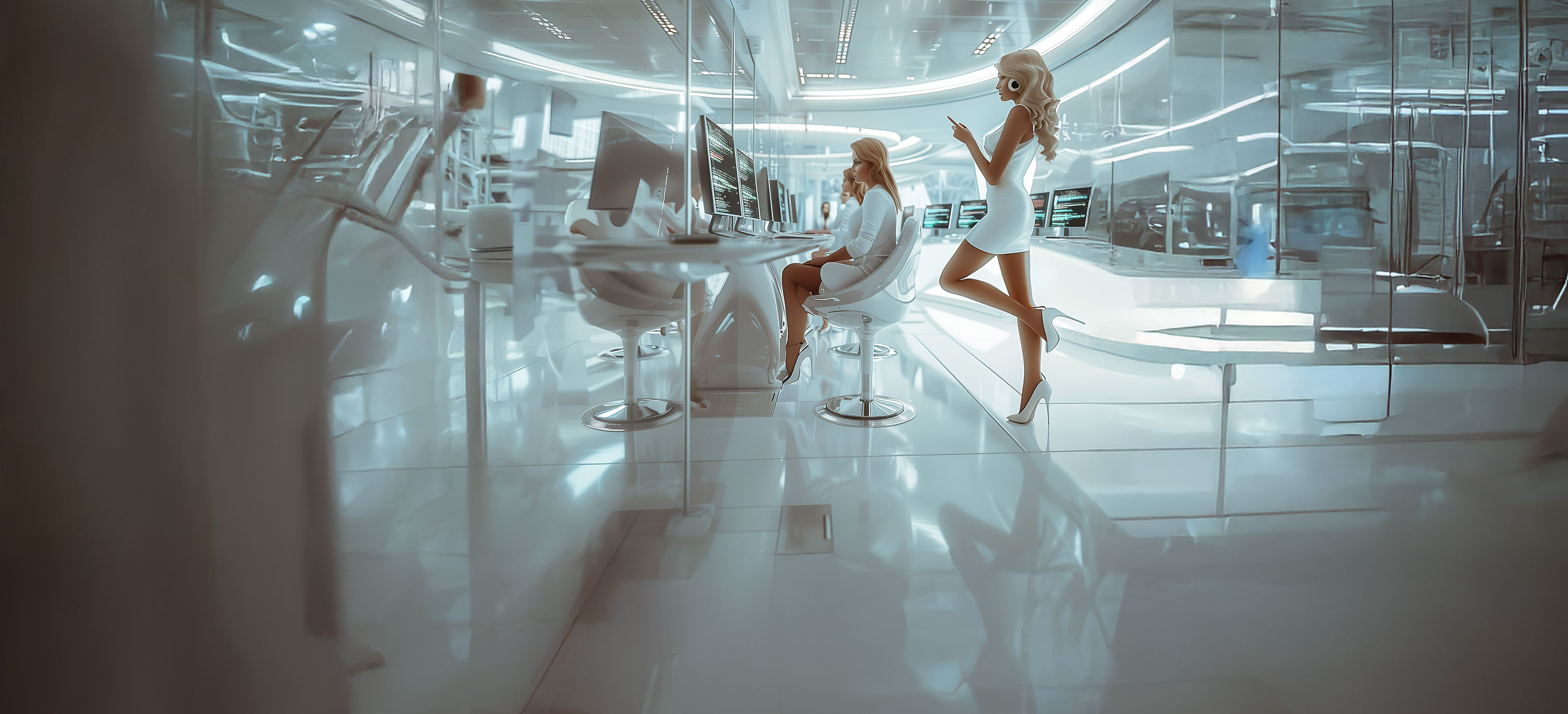
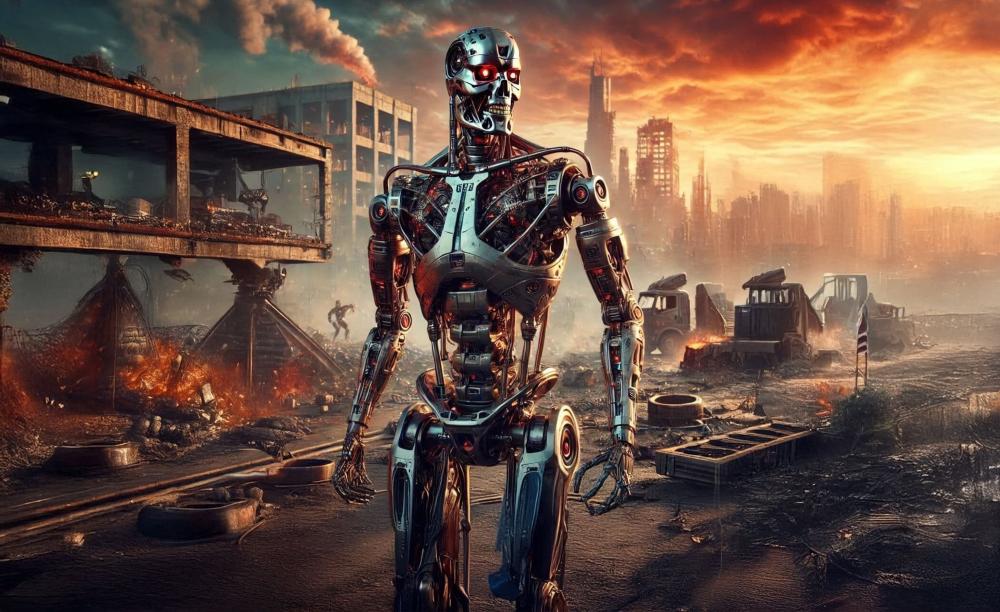
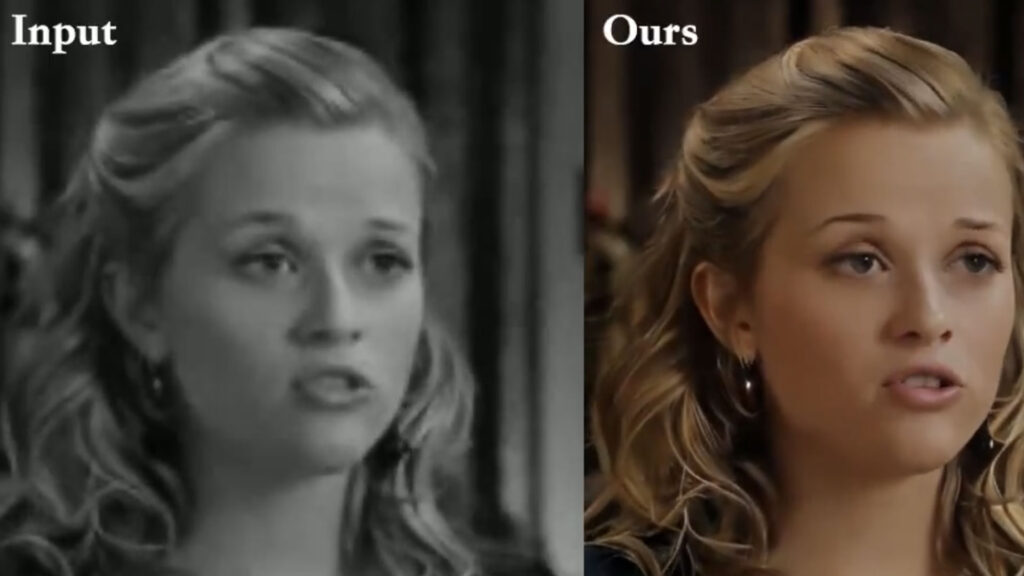



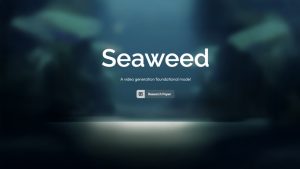
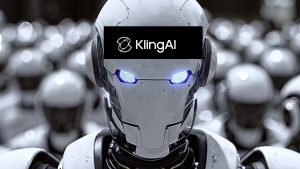
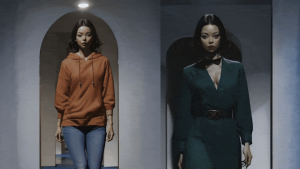


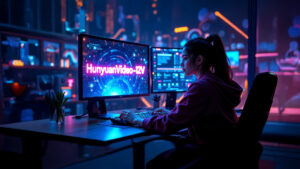
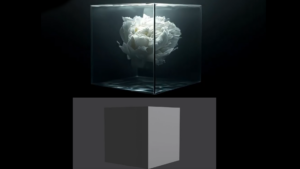

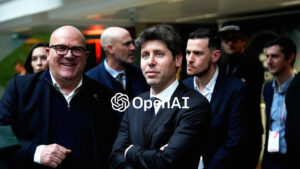
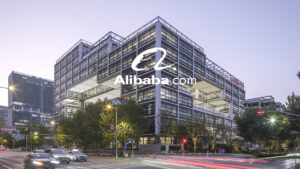

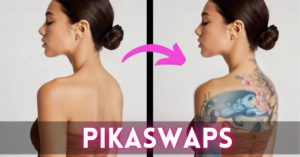


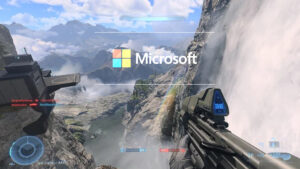








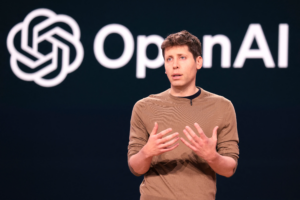
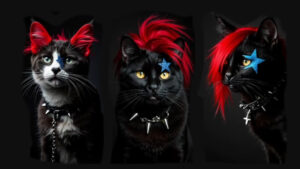

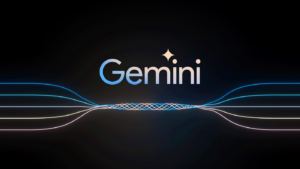

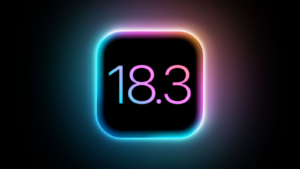

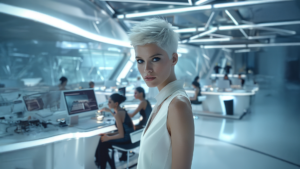



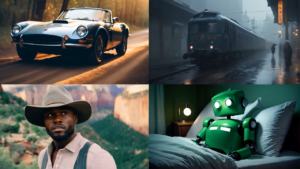
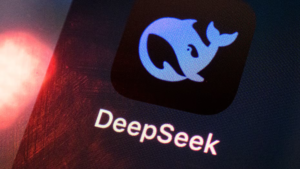
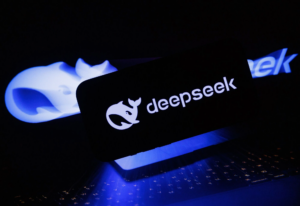
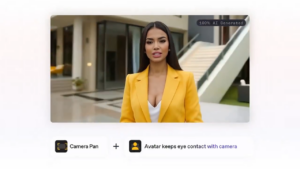
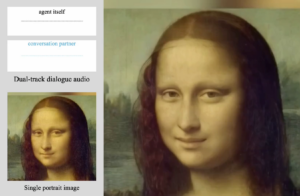

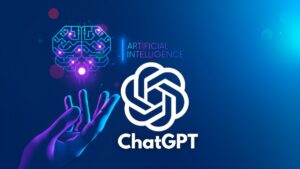
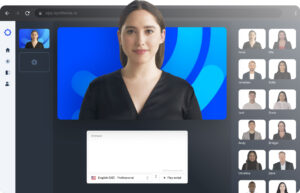

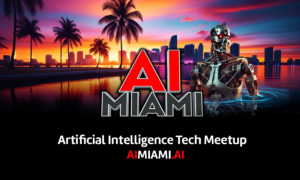
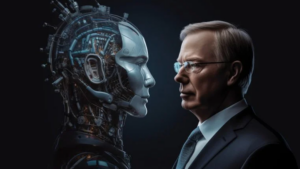
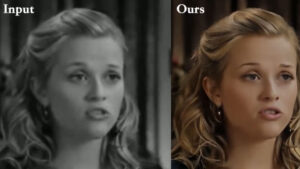


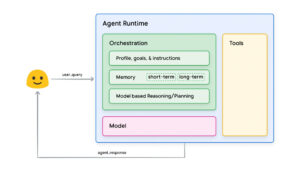



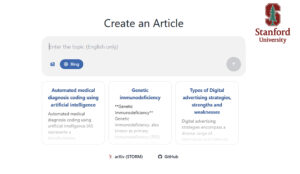



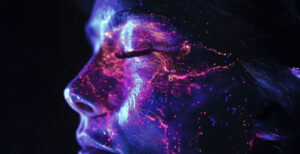








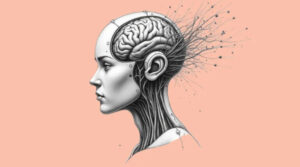
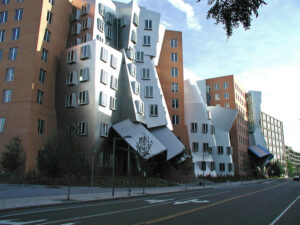




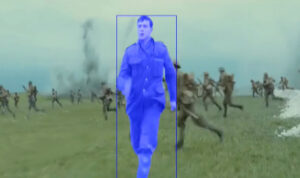




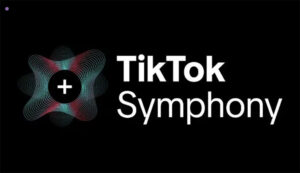






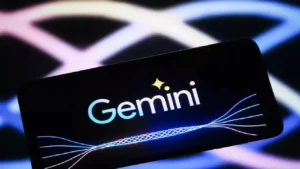

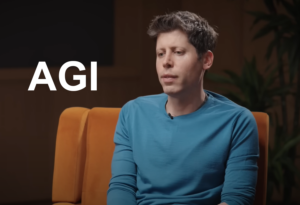
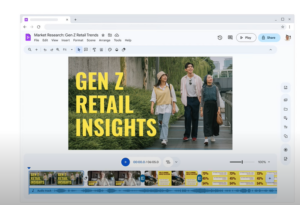
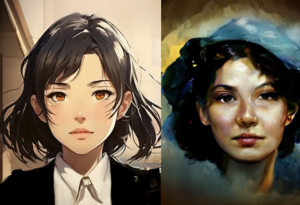


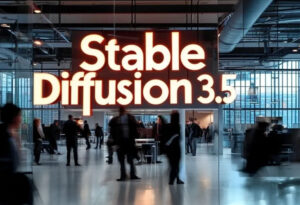
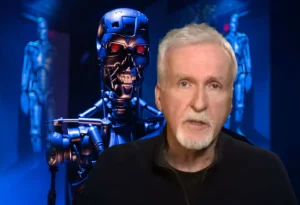
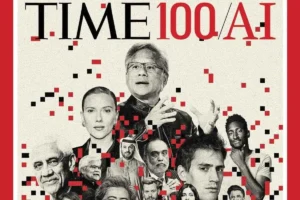
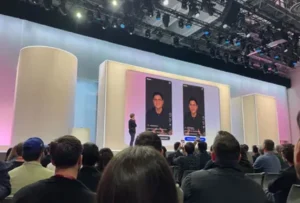
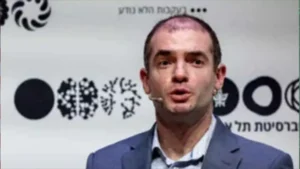


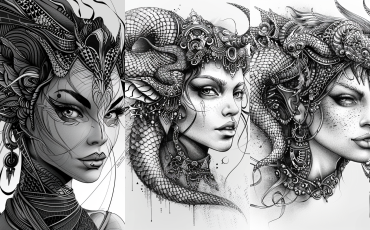



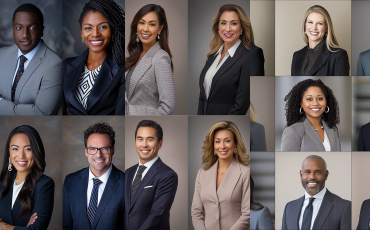
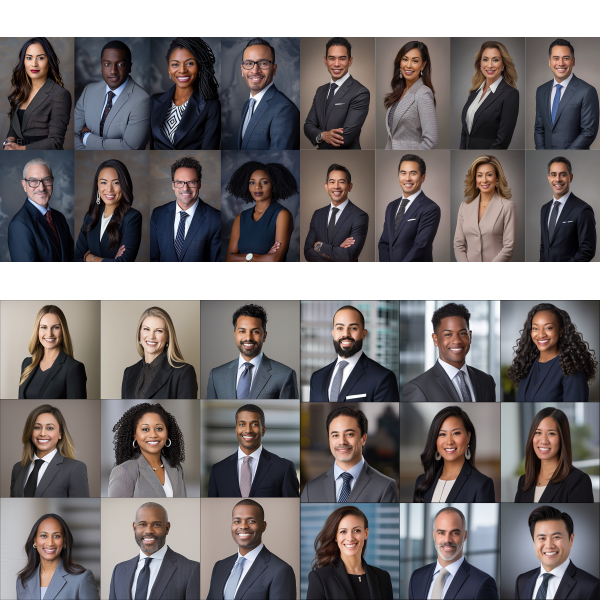
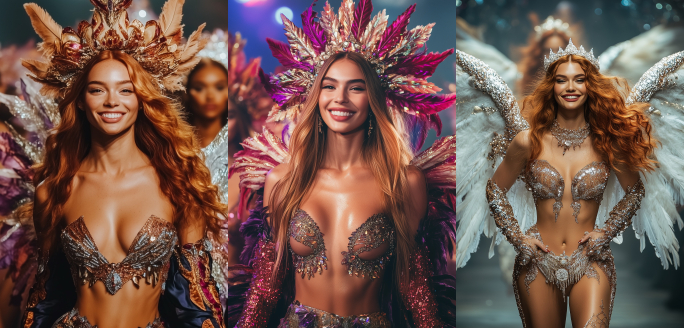
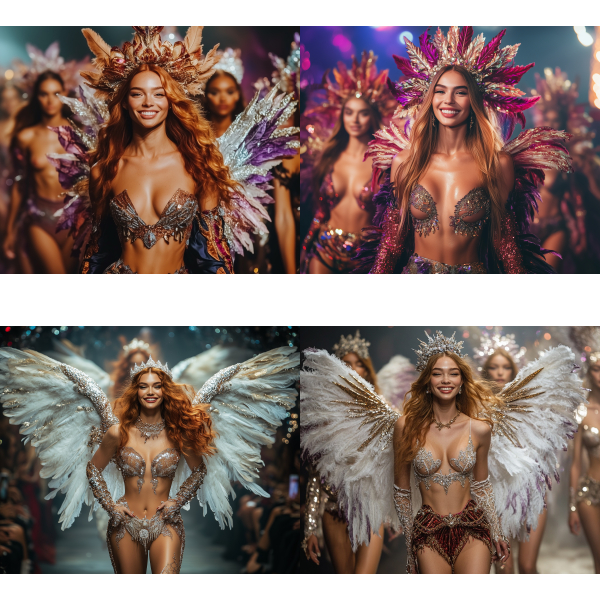
Validate your login
Sign In
Create New Account